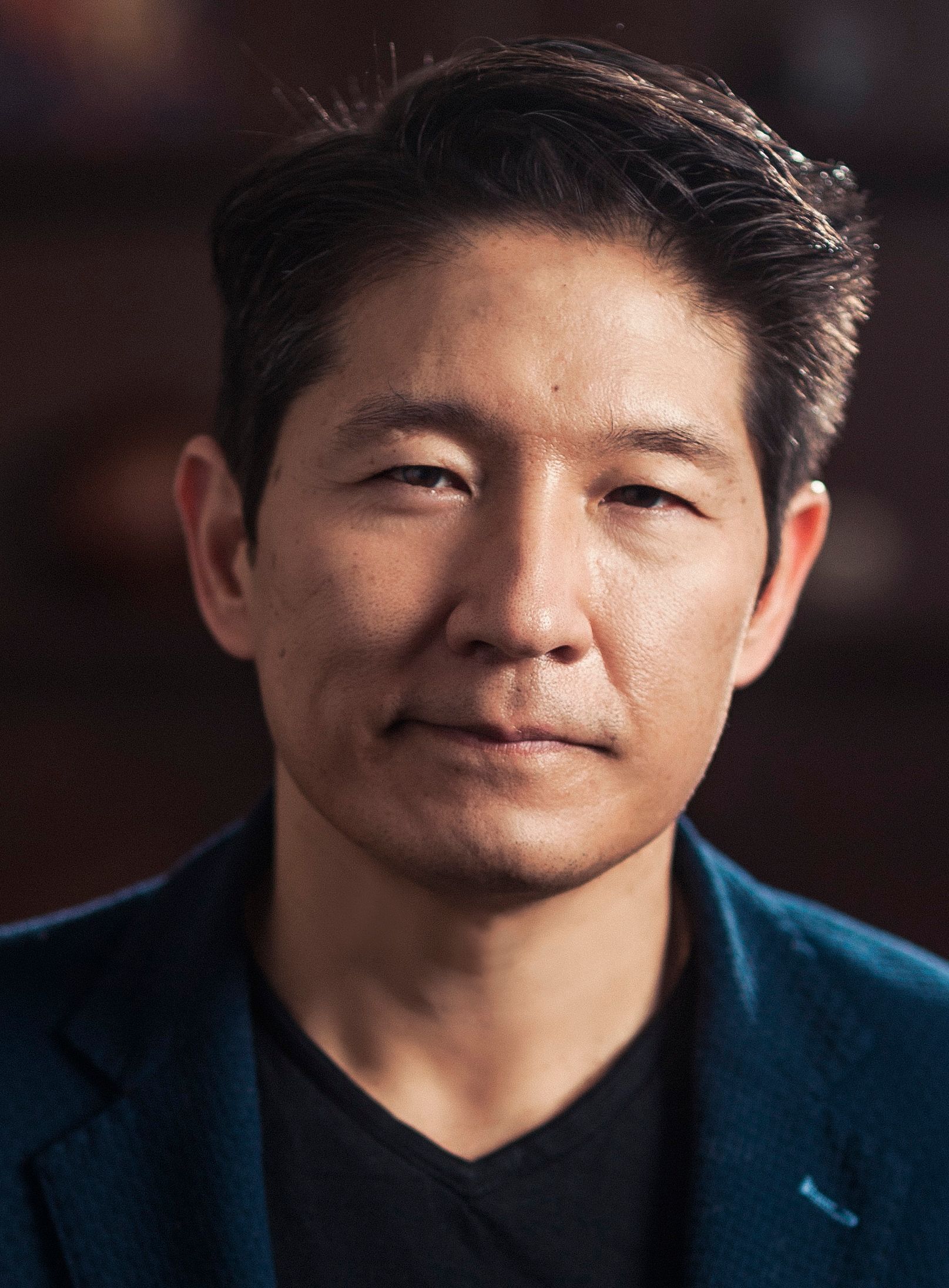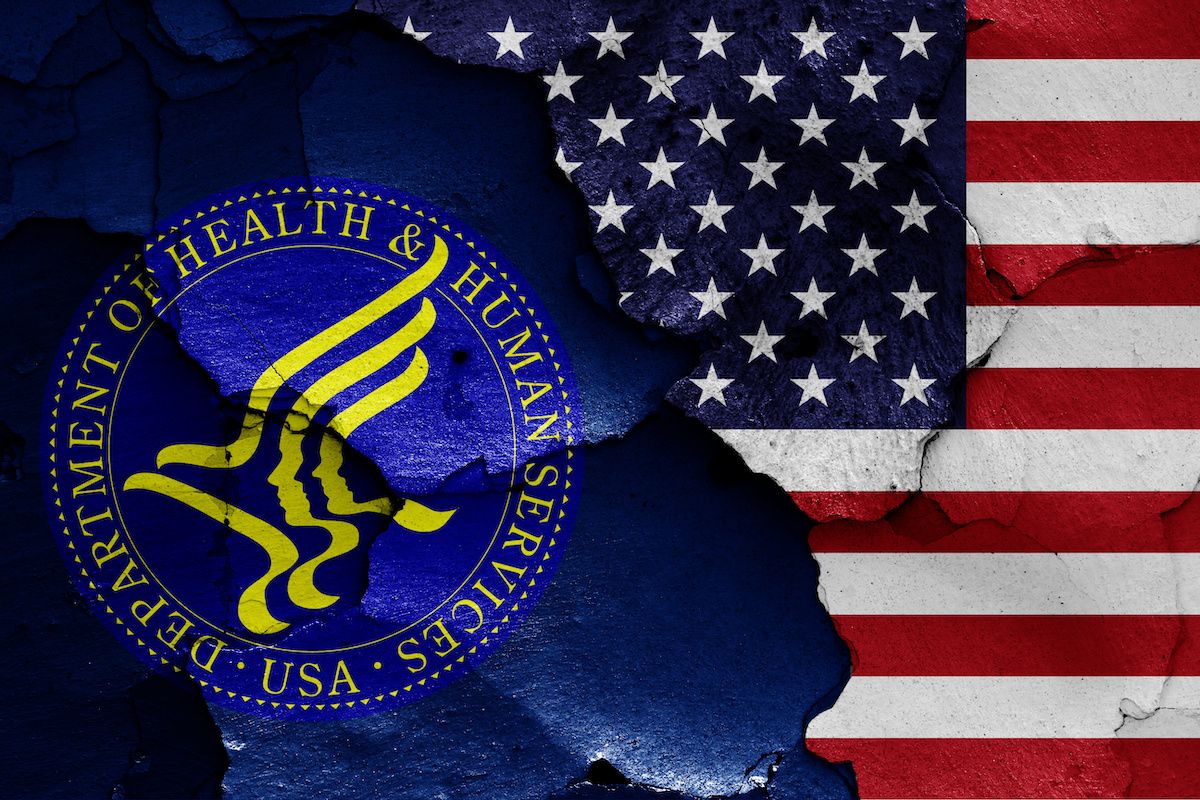Article
Six strategies to mitigate provider burnout
Author(s):
Physicians must lead a team effort to generate support at every level of the organization.

Raki K. Pai, MD

A diminished labor pool with numerous caregivers having exited the health care sector, excessive workloads, and extensively long hours have exacted a toll throughout the health care industry. Provider burnout is a workplace condition that has stretched far beyond the height of COVID-19. Mitigating its effects requires a team effort and support from staff at every single level of today’s health care organizations. Here are six strategies to mitigate provider burnout in your organization.
Rest/PTO
Rest is vital to the longevity of physicians and advanced practice providers (APP). Rest does not just include 7-8 hours of sleep per day but also taking mental rest, spiritual rest, and social and emotional rest. It is crucial that organizations coordinate their efforts to encourage staff to take the rest they need to rejuvenate to perform at their best in support of their patients. This might include taking days off, half-days, vacation time, and various types of mental and physical exercise programs.
Optimizing Workflows
Peter Y. Hahn, MD

Maximize electronic medical records (EMRs) and your other technological resources as efficiently and effectively as possible to give staff the best opportunities for success in their roles. It is critical to leverage technology like voice recognition to give providers more time back so they do not have to focus on menial tasks and can use this time to perform other personal or professional activities. Optimizing the processes put in place to practice at the height of their license will allow providers more time to focus on the patient and work within their scope, without spending wasteful time on noncritical tasks which other care team members can perform.
Ensure good work-life integration, not work-life balance
Work is an integral part of physician and APP life. It need not be a negative force competing for these employees’ time. Develop an organizational culture that fosters camaraderie with the team to achieve a feeling of fellowship and common loyalty among fellow physicians and APPs, so work is more meaningful, and they feel connected to the incredible work they do. Camaraderie, social connection, and positive and supportive relationships with peers are vital components of engagement, satisfaction, and well-being. Creating connections can allow for a better personal understanding of colleagues and build engagement, a positive work environment, and a sense of community in the workplace.
Recognition
Consistently demonstrating gratitude toward our health care workforce is important; design a recognition program that rewards staff for their hard work and dedication. A well-designed recognition program will help employees achieve that sense of pride and motivation in their day-to-day work. Being recognized for one’s hard work helps create an exciting environment, alleviates stress, and stimulates staff to continue achieving at the highest level. Leadership rounding and listening is an important component of recognizing individuals and teams.
Provider-to-Patient Support Program
Implement a program among physicians that will reinforce the provider-patient relationship and make it stronger than ever. These can be personal, conversational calls – not transactional – that are approached in the same way one might approach checking in with a friend you haven’t called in a while. There’s no expectation beyond checking in, demonstrating to our patients that we care. A growing body of studies suggests health care professional burnout is frequently associated with poor quality of care and less optimal outcomes for patients.
Provider Governance/Autonomy
Through implementation of progressive workforce innovations such as the creation of a provider-led governance structure and office of professional well-being, you can demonstrate that supporting and empowering your workforce can have a profound impact on improving the provider experience, creating a dynamic partnership between providers and administration, and enhancing health care delivery to patients. A governance structure allows providers to use their voice to make a difference, have autonomy, create system and process change, align clinical program development, and play a vital role in making operational and clinical decisions that advise your organization’s leadership. Studies suggest that providing various resources to promote autonomy and encourage system change when needed improves the overall well-being of your physician and APP workforce.
By increasing provider autonomy, your organization can achieve the ultimate goal of decreasing provider burnout. To that end, a reduced number of clinical patient contact hours and convenience hours – allowing providers to flex their hours – can be incorporated into the provider compensation model. The senior leadership team can work to support providers and staff so they can take care of their patients. If needed, consider creating additional staff positions to support positions of weakness. This should not be limited to physicians and APPs, but any role in a position to support your organization’s desired areas of growth – finance; patient safety; quality; operations; innovation; health equity; provider, staff, and patient experience; organizational behavior – all of whom play an important role in driving a system forward.
Raki Pai, MD, is the president, medical group and chief population health officer of University of Michigan Health-West. He is a physician executive and innovator in payer contracting, value-based care and medical group governance.
Peter Hahn, MD, is the chief executive officer of University of Michigan Health-West. He is a physician executive who trained at the Mayo Clinic and is passionate about system quality, innovation, corporate governance, and physician leadership.





